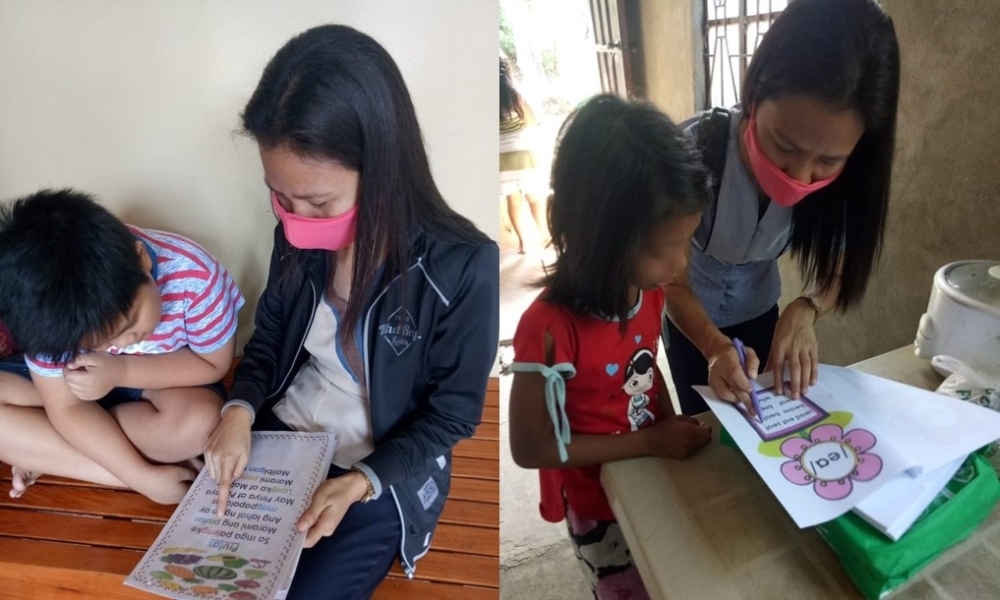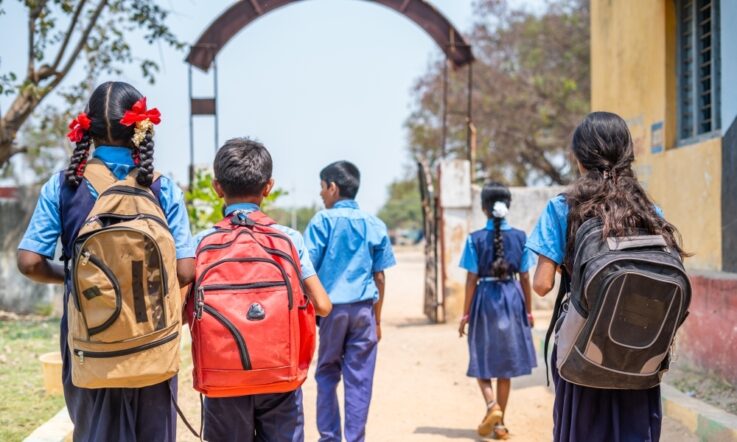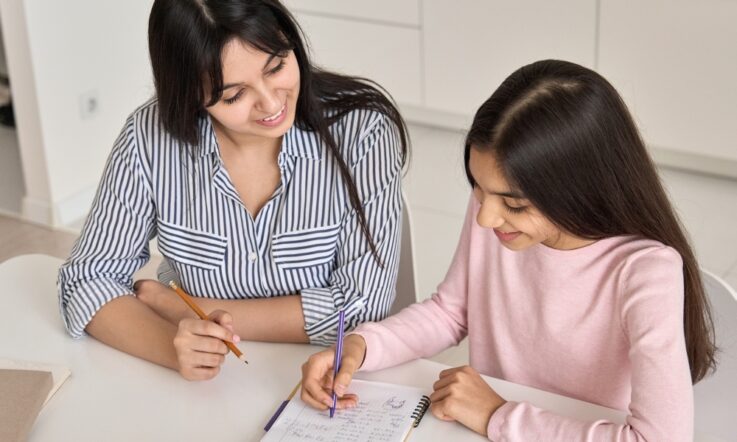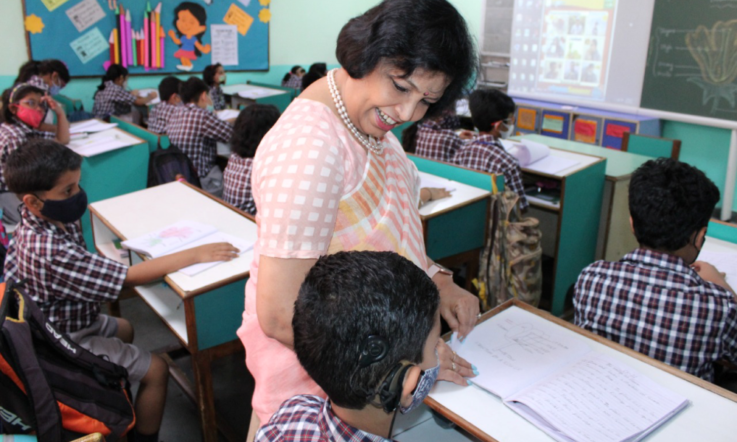Education systems across the world have taken different approaches to addressing the challenges of teaching and learning during the pandemic. In the Philippines, the Department of Education introduced Distance Learning Modalities, which includes radio- and TV-based instruction and self-learning modules that can be printed or accessed digitally.
Jaylene S Miravel is a Grade 3 teacher at Lal-lo North Central School in Cagayan. In this article, she shares how she is working to support students who are falling behind in reading during this prolonged period of remote learning.
Lal-lo North Central School, headed by Dr Fampito M Combate, devised a strategy on how best to ensure children continued to receive quality education during the pandemic, especially in reading. School leaders encouraged all the teachers to make their own schedule every week to monitor the situation with their own students.
I did home visits to evaluate and monitor students’ reading abilities. Through these home visits, I got to see the real scenario of my learners – I got to understand them and their family situation more. During visits, I:
- brought various reading materials to students (in Filipino and English);
- used the Marungko Approach, which is a phonics-based system, in Filipino (Boltron & Ramos, 2021);
- used Dolch Sight Words in frequency order with students in Grades 1-3;
- provided students with short stories with a comprehension check-up; and,
- grouped my learners (non-reader, frustration, instructional, independent).
I found that only half of my learners were reading at Grade 3 level or above. From my observation, there were several issues – namely: difficulty in naming the letters; difficulty blending sounds to make words; reading speed below grade level; and poor comprehension skills.
My school uses the modular-printed method, with parents collecting a new learning pack each week. I found that the students who were falling behind usually belonged to poor families. Their parents found it difficult to find the time to help their children with the modules because they were focused on how to put food on the table. Access to learning materials, equipment such as computers, and support systems were also insufficient. On the other hand, parents with higher socioeconomic status had more time to teach and provide support to their children, or financial capability to hire tutors, and better equipment.
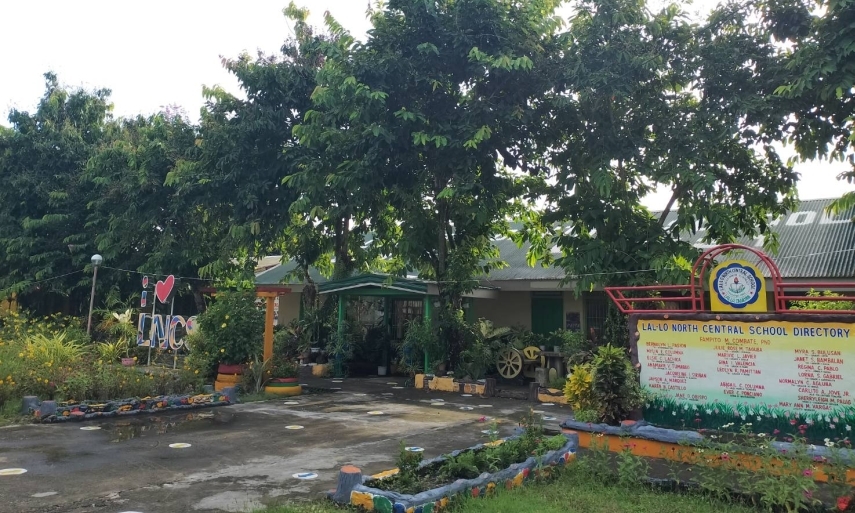
[Lal-lo North Central School in Cagayan. Image: Supplied]
As a result of my ongoing evaluations and monitoring, I have changed the reading materials to better suit the needs of each student. This includes providing more colorful learning materials (Dzulkifli & Mustafar, 2013), changing the font style and increasing the font size. According to Vered Halamish and colleagues, children use font size as a cue when monitoring their own learning and remember large size font words better. When I introduced these changes, I noticed my students had better memory and better comprehension.
Also, before starting to teach reading, I arouse their interest – I show a colorful picture from the story we are about to read and ask something about it. In this way, their curiosity is activated and they are eager to learn more.
I also focus on giving the students additional help and guidance, especially those whose reading performance is low. Every day, I get a lot of calls and messages from parents, even at nighttime, asking for clarifications or more explanations about learning materials, and even requests for one-on-one teaching through video calls.
In this pandemic, there is a lot of responsibility that is put on the parents’ shoulders; however, they are less equipped with the skills to teach reading – teachers play a crucial role.
References
Boltron, M. T., & Ramos, A. L. (2021). Improving Beginning Reading Literacy through Marungko Approach. ASEAN Journal of Basic and Higher Education, 5, 1-12. https://paressu.org/online/index.php/aseanjbh/article/view/285
Dzulkifli, M. A., & Mustafar, M. F. (2013). The influence of colour on memory performance: A review. The Malaysian Journal of Medical Sciences: MJMS, 20(2), 3. https://www.ncbi.nlm.nih.gov/pmc/articles/PMC3743993/
Halamish, V., Nachman, H., & Katzir, T. (2018). The effect of font size on children’s memory and metamemory. Frontiers in Psychology, 9, 1577. https://doi.org/10.3389/fpsyg.2018.01577
If your school is still in a period of teaching remotely, how are you remaining connected to your students and families?
How do you evaluate and monitor the reading skills of each student? How does this knowledge help you in choosing learning materials and making decisions about additional support?
